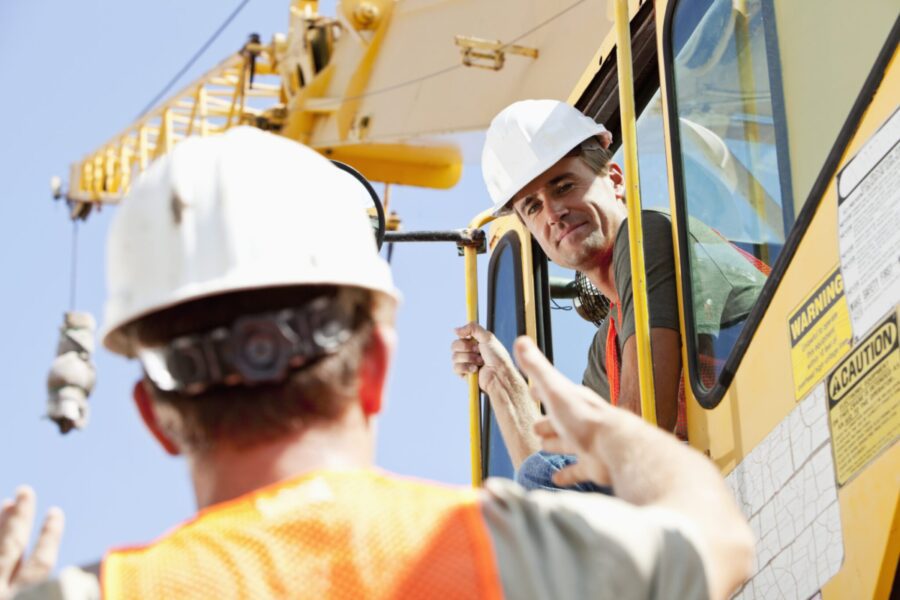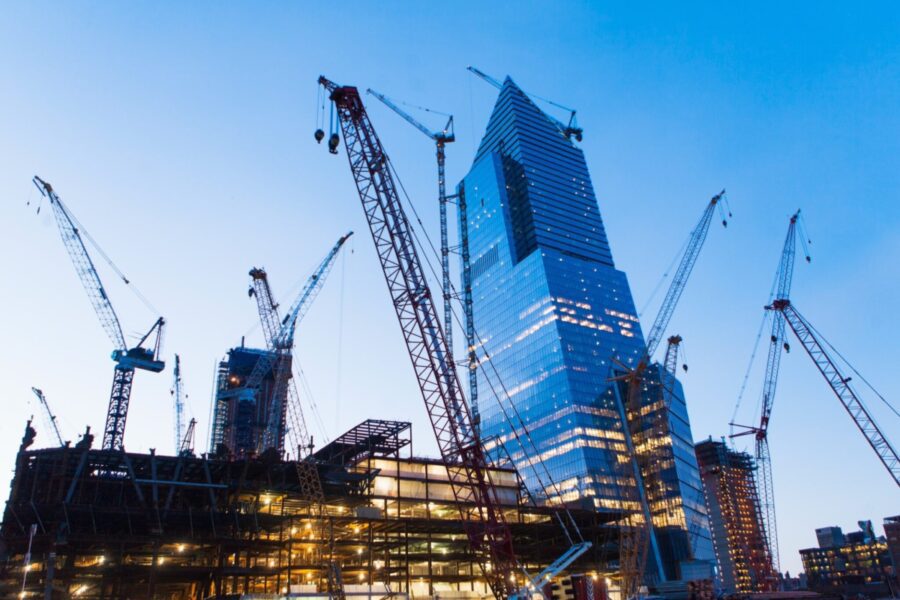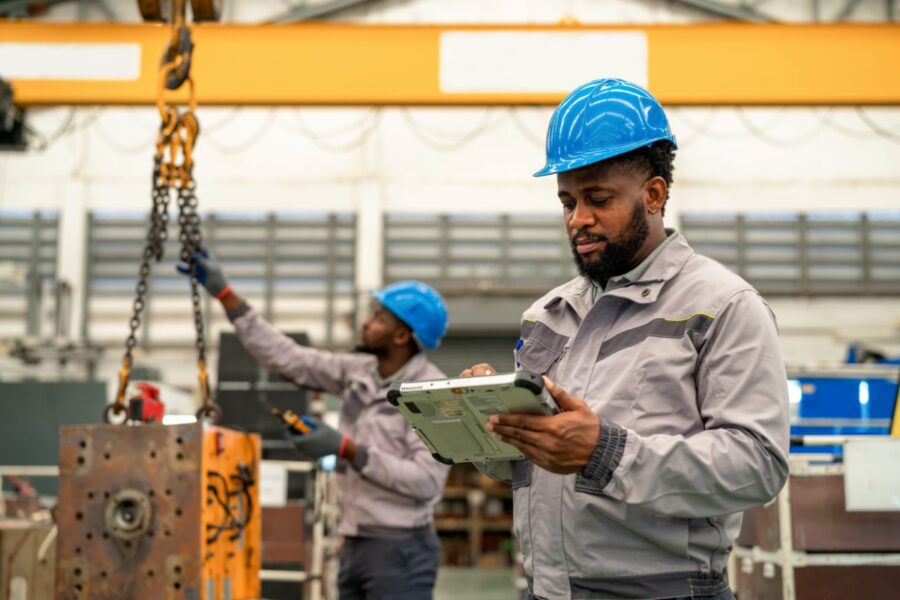Crane Insurance
Specialized policies for crane and rigging businesses and operators.

Specialized policies for crane and rigging businesses and operators.


You deserve comprehensive risk management solutions and year-round support.
We start with listening and end with customized solutions designed to minimize your risk exposure and maximize the value of your commercial insurance coverage.
From contact review to help ensure you’re properly indemnified to dedicated safety and loss control teams to help identify and minimize your risks, Higginbotham works for your business year-round.
And we don’t stop there. If you need to file a claim, our dedicated claims advocacy team works directly with our carrier partners to help make sure you are being treated fairly.
With a steadfast commitment to transparency and authenticity, we put you at the center of everything we do.
Learn more about how our values-based approach creates value for you and your business.
Building an insurance and risk management plan can be daunting, but not with Higginbotham on your side. With our specialized knowledge of the crane and rigging industry and deep insurance carrier relationships, we’ll find you the best coverage available at a price that makes sense for your insurance needs.

Our crane and rigging risk management professionals have strong relationships with the insurance carriers that specialize in your industry. These relationships, combined with the volume of business that we write, allow us to tailor crane insurance programs to your specific needs.
Surety bonds are three-party agreements between a principal (typically a contractor or subcontractor), an obligee and a surety company.
Also commonly known as “general contractor license bonds,” surety bonds are designed to encourage satisfactory performance and compliance with certain laws.
If a negligent contractor or subcontractor causes damage, injury or loss, contractor license bonds can help cover the resulting financial losses, legal costs or other damages.
Boom insurance is physical damage coverage for the boom of a crane, typically added as an endorsement to the equipment floater. While this insurance coverage is designed to cover a crane during operation, the policy providing coverage can sometimes be amended to provide coverage for the boom while not operational.
Many states and municipalities require by law that crane and rigging businesses and operators carry general liability (GL) insurance, with each state enforcing different standards regarding indemnity and statutes of repose.
Even if you are not required to carry it, liability coverage is a smart investment for a crane business to consider. This insurance can help cover your legal costs from lawsuits your business may face as a result of property damage, advertising injuries or bodily harm. Even if you’re a subcontractor working under an insured general contractor, carrying your own general liability insurance can help you avoid a large, unexpected bill if things go wrong.
A standard commercial general liability policy is not designed to cover the risk of moving property and equipment owned by others. While some builders risk policies can provide similar protection, these policies may include deductibles and exclusions that leave a crane and rigging operator exposed. Riggers liability coverage is a specialized endorsement for your commercial general liability insurance that modifies or deletes the “care, custody or control” exclusion and expands your coverage.
Also known as business interruption insurance, loss of income coverage provides financial protection to businesses in the event that they are unable to operate due to a covered loss, such as a natural disaster, fire or other catastrophic event. After a covered loss, your policy can help pay for your company’s lost income and expenses, often including employee salaries and rent, while your business is closed or unable to operate. Loss of income insurance can also help cover expenses related to relocation or temporarily operating the business out of a different location.
Umbrella insurance is another important consideration for a crane and rigging business, particularly one bidding high-value projects. Designed to provide increased limits over underlying insurance policies, umbrella insurance increases total maximum payout limits to better match the actual liability of the job at hand.
Considering the significant risk involved in working on a construction site, the likelihood of your employees sustaining injuries on job sites is too high to ignore. Designed to help protect your business from the costs of an injury at work, workers’ compensation coverage can help with medical bills or lost wages for an injured employee.
If your business owns trucks or other commercial vehicles, commercial auto insurance is a critical coverage to consider adding to your insurance package. This coverage helps protect against the liabilities and risks involved with driving vehicles for business and can help with restitution after an accident.
Whether you drive a vehicle owned by your business or have employees drive company vehicles as part of your operation, commercial auto insurance could help lessen your financial risk.
Inland marine insurance covers equipment, products, parts and materials during transportation over land. This coverage can be extended to property that is owned or in a business’s care related to construction, transportation, fine art and renewable energy.
Practice leader Aro Umfress dives deep into the emerging trends and challenges of the crane and rigging sector. Learn about the rising claims, various loss categories and the critical role of a dedicated risk management team. With Higginbotham’s expertise, your crane or rigging operation can achieve greater peace of mind through optimal insurance coverage.
Safety programs can help control and even lower your crane insurance costs. Our risk consultants offer safety training to help lower the frequency and severity of accidents, thereby reducing injury claims and improving your loss ratio to minimize hikes in your insurance premiums. We also train in OSHA, so when accidents do happen, you have proper record-keeping procedures that keep you compliant to avoid fines.
Your Experience Modification Rating (EMR) is used to calculate your workers’ compensation premium by comparing your actual losses to your expected losses based on factors like industry and company size. So, controlling your EMR is key to controlling your insurance cost. Higginbotham will put you in a position of control by reviewing your EMR to help improve accuracy and work to build safety programs to reduce your claim frequency and severity.
Many construction contracts contain language that can expose you to additional risk that may or may not be insurable. Higginbotham can help examine the liability you assume in contracts and advise you on your options to avoid, lessen and transfer liability by recommending changes to contractual language or your insurance policies. Our in-house group, CertCon Services, can also validate your subcontractors’ certificates to help them meet the insurance stipulations in your contracts, saving you from undue liability.


You need customized insurance that fully considers your risks. Start with the right foundation.
